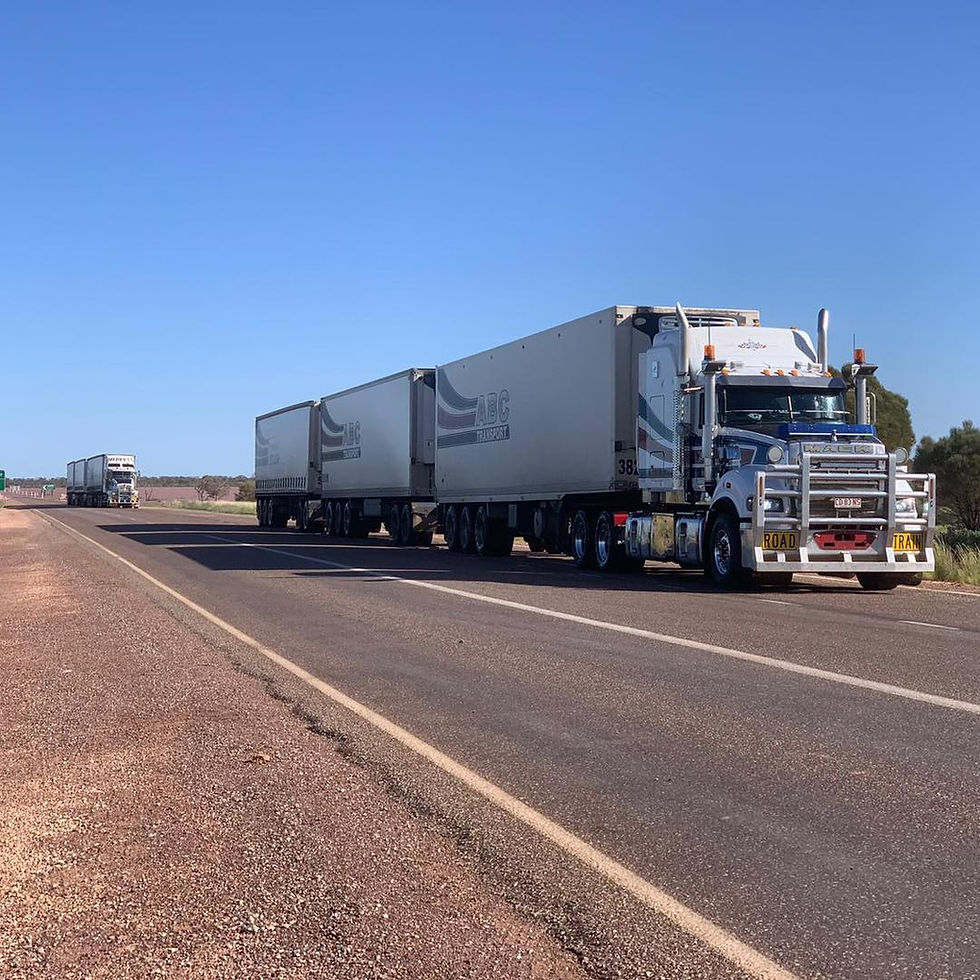Unemployment falls to 4.6 per cent but less people are working
- John McDonnell
- Aug 19, 2021
- 3 min read

Australia’s unemployment rate has fallen by 0.3 per cent to 4.6 per cent for the month of July but there has been a significant fall in the participation rate.
New data from the Australian Bureau of Statistics (ABS) showed that between June and July the number of Australians joining the workforce grew by 2000 jobs – but hours worked fell by 0.2 per cent.
A drop in the number of hours worked comes as multiple states endure prolonged COVID-19 lockdowns, where many people are not working but are still formally employed. The presumption is that many of these people are surviving on the Covid-19 disaster payments.
Bjorn Jarvis, head of labour statistics at the ABS said:
"The labour market changes in New South Wales between June and July had a large influence on the national figures.
"There were big falls in New South Wales in both employment (-36,000) and unemployment (-27,000), with the labour force reducing by around 64,000 people. In addition, hours worked in New South Wales fell by 7.0 per cent. These changes offset increases in employment and hours in Victoria."
As Mr Jarvis explains, a worrying trend is emerging whereby people who are unemployed are dropping out of the search for work altogether.
"Early in the pandemic we saw large falls in participation, which we have again seen in recent lockdowns. Beyond people losing their jobs, we have also seen unemployed people drop out of the labour force."
A worrying feature is the fact that the participation rate of women has fallen by 2 per cent. This mirrors the situation at the start of the pandemic and may reflect the fact that childcare centres in NSW are closed because of the lockdown and women in casual employment have quit work in order to care for children.
Sydney's problems will start showing up in next month's data for Victoria too.
Sarah Hunter, from BIS Oxford Economics, said the July figures were a portent of things to come.
She warns the trend towards rising underemployment and lower participation in Sydney will continue:
"In a sign of what's to come in the August data, employment in NSW fell by 36,000, the underemployment rate spiked to 9.3 per cent and the participation rate also fell 1 percentage point to 64.9 per cent.
"The structure of the COVID disaster payments means that all of these trends will be even more pronounced in the August data; anyone claiming the payment who has not worked at all will be counted as unemployed (and likely not in the labour force, as they will not be actively looking for work), while workers who have had their hours cut will be classed as underemployed."
This begs the question of when the economy will be able to open up.
The prime minister has stuck firm to the national plan which says that restrictions will be minimised, and lockdowns will be rare when national vaccination coverage reaches 80 per cent. This will be towards the end of November.
However, in a press conference on Thursday NSW premier Gladys Berejiklian said that Australia would have to live with the virus when vaccination coverage hit 80 per cent, otherwise states wouldn’t be able to open up their economies and lockdowns would go on in perpetuity.
The NSW Premier's premise was immediately rejected by other premiers, who reconfirmed the aim of 'Covid zero'.
This presents the federal government with a significant problem, which could result in a prolonged recession if premiers insist economies remain closed.






Comments